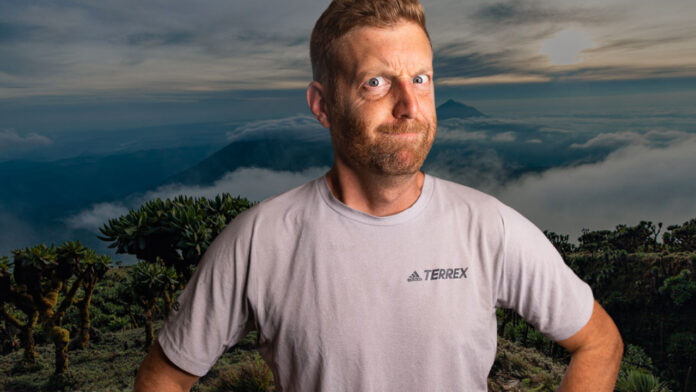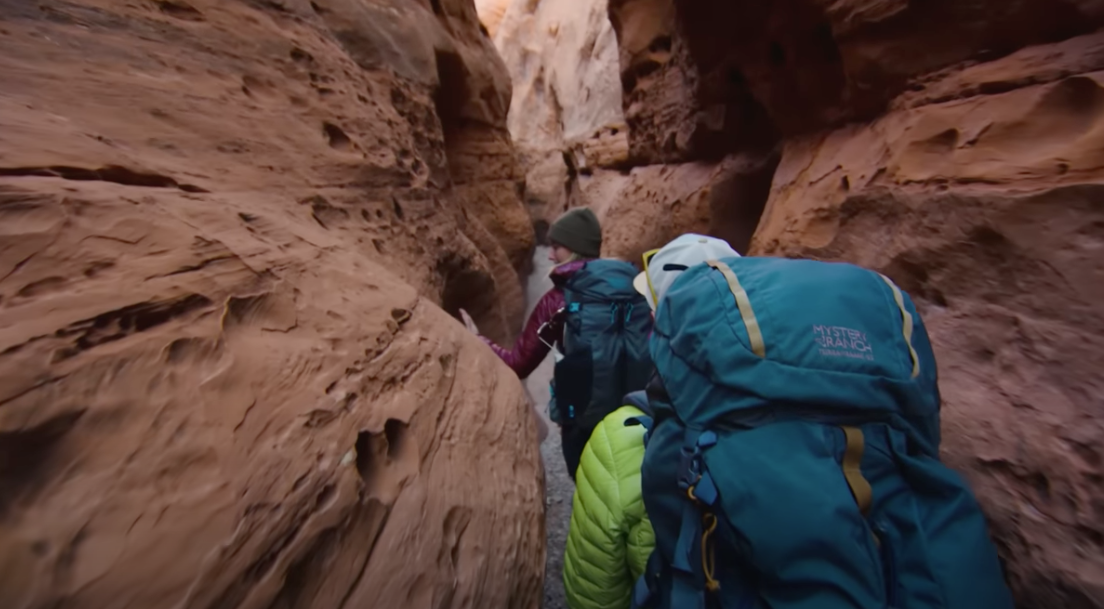There are a lot of fancy gadgets out there that are marketed to us hikers. Some things are essential. Other items might enhance your experience (so long as you can contend with the extra bulk). But certain add-ons are simply dead weight. It is this latter category that needs further exploration today. Take it from a notorious over-packer, there is a bunch of gear that you can ditch (or outright avoid purchasing) before your next backpacking trip. Here's a quick list of what not to bring hiking.

Big Thanks to Mystery Ranch
Before we go any further, I just want to show some love for Mystery Ranch. They have been a longstanding sponsor of BackpackingTV. Not only have they supported my crazy adventures, but they also make some of my all-time favorite trekking and day-hiking backpacks. If you want to learn more about their lineup, check out some of my reviews below, or head on over to MysteryRanch.com.
Mystery Ranch Coulee 20L and 30L Review
TerraFrame 65L Backpack Review
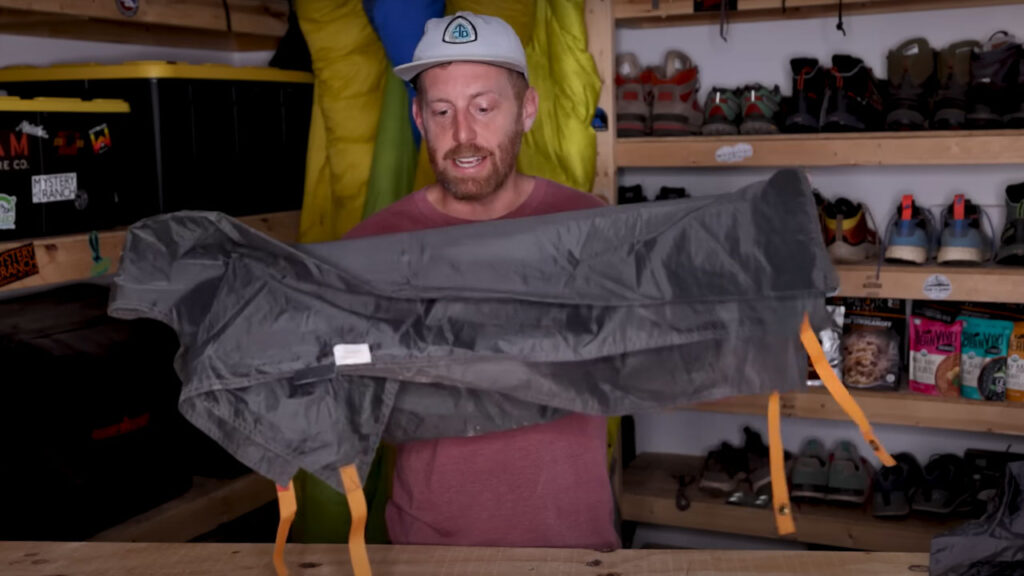
Ditch Your Tent Footprint
By my estimation, there are two key reasons why people invest in a footprint for their tent. The first is to prevent wear and tear on the bottom of your shelter. And the second potential function for a footprint is to act as an additional moisture barrier (i.e. keep that surface water from seeping up through your tent in the middle of the night). However, over the years I've noticed that I simply don't need this extra piece of gear.
Investing in a good tent generally does the trick for fending off both abrasion and moisture. The main exception would be if you own a particularly delicate tent, or plan to be pitching it directly on some rocks. Otherwise, just leave the footprint in your basement, or on the store shelf. Sure, it only weighs a few ounces, but it does take up some volume, and every bit counts when it comes to streamlining a backpack.
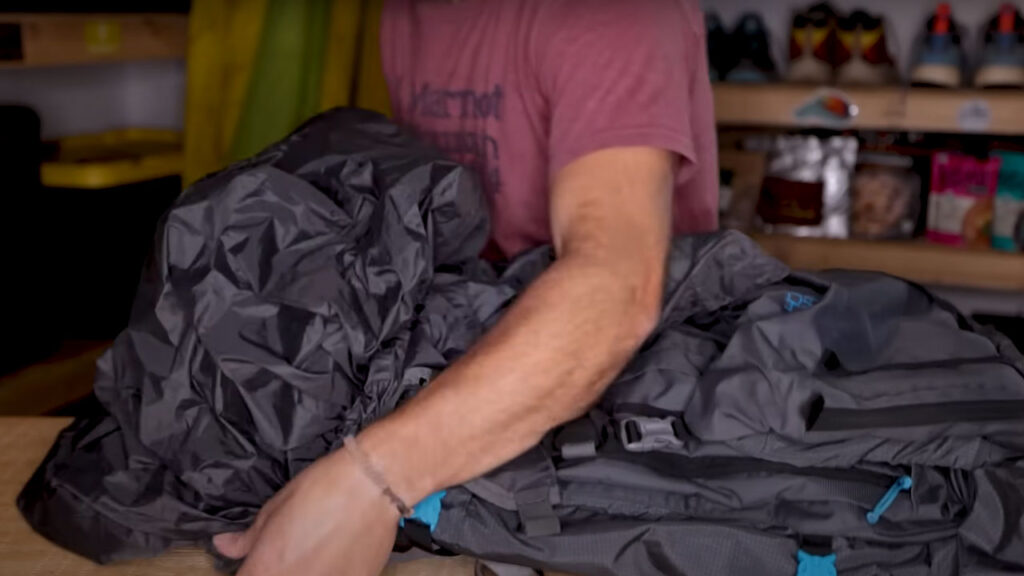
Ditch Your Backpack's Rain Fly
When I first started out as a backpacker, rain covers were part of the standard protocol. This is sometimes included with a new backpack, but is often an additional purchase that can attach to any brand of a compatible size (i.e. volume). The kicker is that I've never found this to be an effective strategy against heavy rains.
A few miles hiked in a downpour would usually translate to a wet backpack with wet gear inside. So nowadays, I just put my stuff in dry bags (and/or trash bags), and accept that the backpack itself will get drenched. This may add a bit of weight to the day, but beyond that, technical backpacks dry out quickly. So try skipping the rain cover and see how you make out.
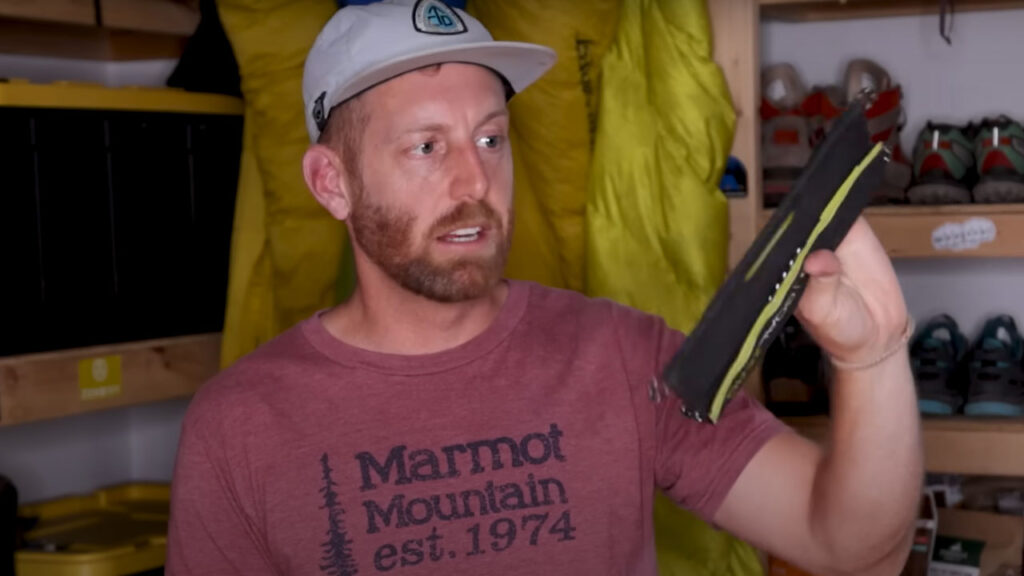
Ditch Your Solar Panel (Sorry…)
Though I own both a solar panel and different battery banks, I still haven't found these to be an asset on the trail. I have seen people draping a panel over their backpack in order to charge their phone while they hike, or simply laying them out around the campsite. But for me, the juice isn't worth the squeeze.
These gadgets are heavy, and unless you're doing a long trek in the deep woods, or are part of a backcountry film crew, I find they take away from the spirit of disconnecting from media and reconnecting with nature. If I am only out there for a few days, then I simply flick my phone on airplane mode, use it sparingly for check-in messages, and always return home with battery to spare. I also pre-download maps for the area, and then I don't need any service to use them in the wild.
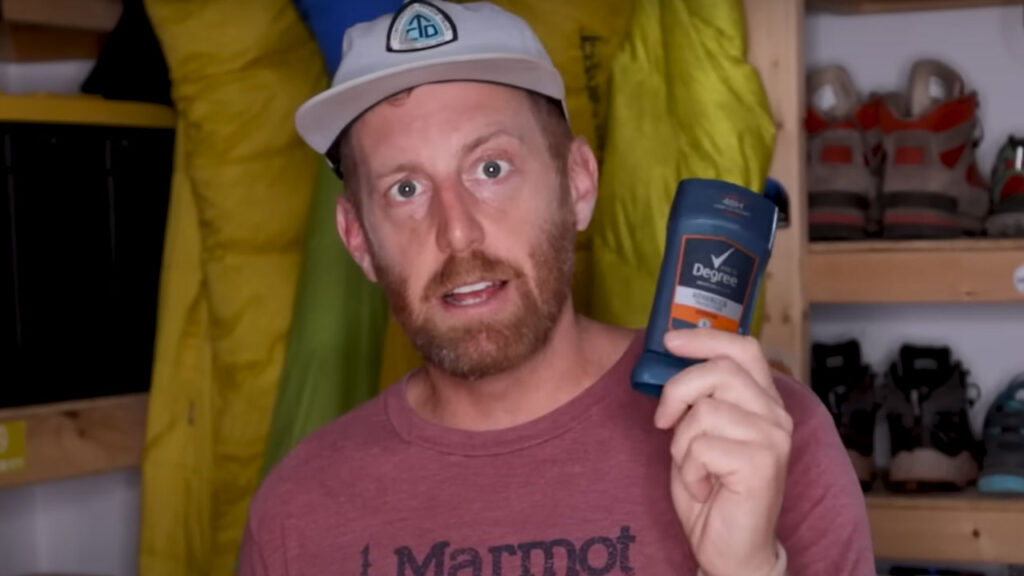
Ditch Your Deodorant
And other superficial toiletries, for that matter. Who are you trying to impress anyway? There are so many general cleanliness standards in everyday society, so take advantage of the backcountry to let your guard down and stink a little. Plus, with all the fresh air, sunshine, and river/lake plunges (or showers in the rain), it won't be nearly as bad as you might think. I opt for a small bottle of hand sanitizer and some biodegradable soap, and that keeps me plenty clean.
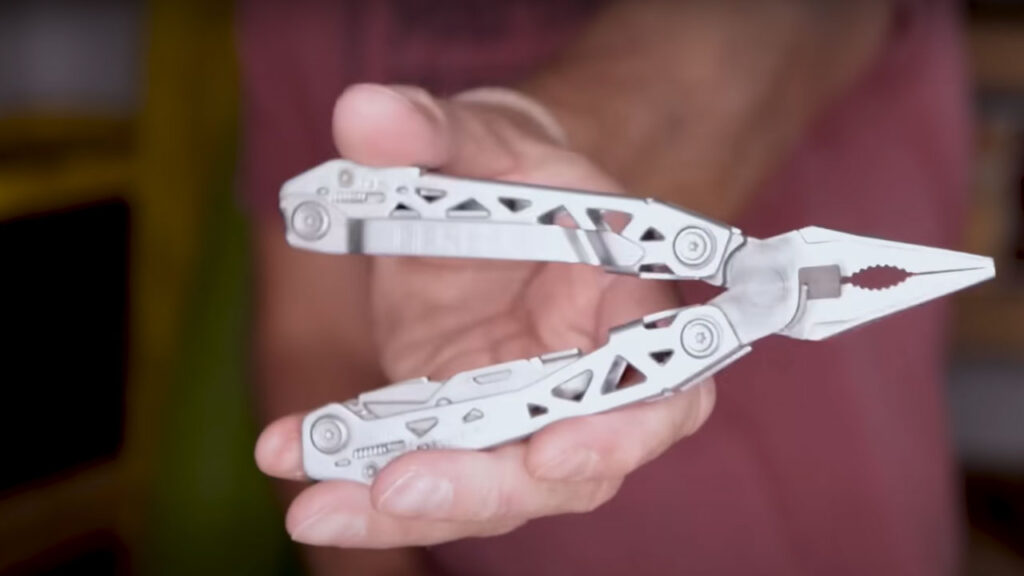
Ditch That Clunky Multi-Tool
I do think that it's a good idea to have a knife in your backpack, but those full-blown Gerbers/Leathermans are overkill. Unless you're a serious angler or hunter, you won't have much need for the pliers, screwdriver, corkscrew, etc. A lightweight knife, on the other hand, will come in handy for opening packages, slicing veggies, and it can even double as a makeshift screwdriver in that odd scenario that might come up.
Ditch Those Needless Extra Layers
Don't get me wrong, it's important to come prepared for inclimate weather. Even if you start out on a scorching summer day, clouds, gusts of wind, rain, and sudden drops in temperature can all hit hard. But with that said, you don't need to pack a change of clothes for every day on the trail. Think function over fashion. For example, I like to bring one pair of quick-drying hiking pants with me.

I will literally just wear those day in and day out. Even if they get wet, they'll be dry again in no time (and slightly cleaner for it!). The same thing goes for upper body layers. I'll pack something comfortable to do most of my hiking in, a technical midlayer for when things cool off, and a puffy jacket/rain jacket for good measure.
The only items I pack multiple of are underwear and socks. I always have two pairs of quick-drying, antimicrobial boxer-briefs to rotate. I'll use one on the trail, and one for around camp. Every once in a while, I'll just rinse one out in a creek, and hang it to dry before the following morning. The same thing goes for socks, except I'll pack a redundant pair or two in case I get particularly wet, sweaty, or dirty.
Try to shed that mindset that a fresh outfit is needed for each day of the trip. That will take up a huge amount of space in your pack, and it's just needless weight and waste.
Liberate yourself from these unnecessary pieces of gear (and unhelpful mindsets). Doing so will greatly improve your next hiking or backpacking excursion because every ounce counts on the trail. Plus, there's something inherently satisfying about adopting a minimalistic (albeit, sufficiently-prepared) approach when escaping into nature. But with all that said, don't overlook this backpacking gear. Some small, strategic additions really can make a big difference.
I hope you liked this article. For more instructional backcountry content, as well as gear-reviews and adventure videos, head on over to BackpackingTV.



